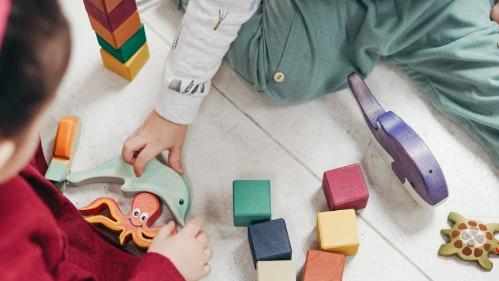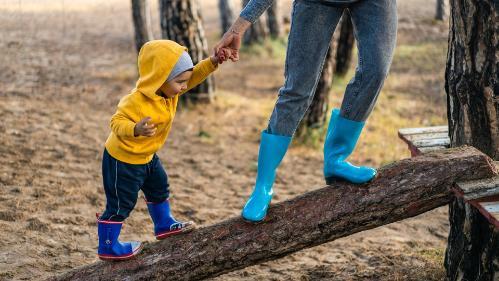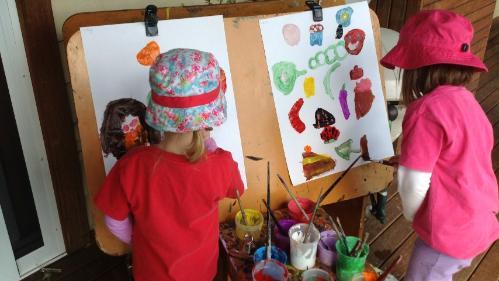Understanding the impacts of bushfire and other natural disasters
As leaders and educators in early childhood settings it is important to understand how you can help to restore a sense of safety and security after a natural disaster. Educators can draw on their existing knowledge of child development to understand the potential social, emotional and physical responses that young children may have.
Children can be particularly vulnerable because of the ways they process complex and frightening information. As advocates for children it is essential to understand and communicate how events can undermine a child’s sense of safety and security, and how this can result in all sorts of changes in a child’s behaviour, which can sometimes be surprising and persistent.





